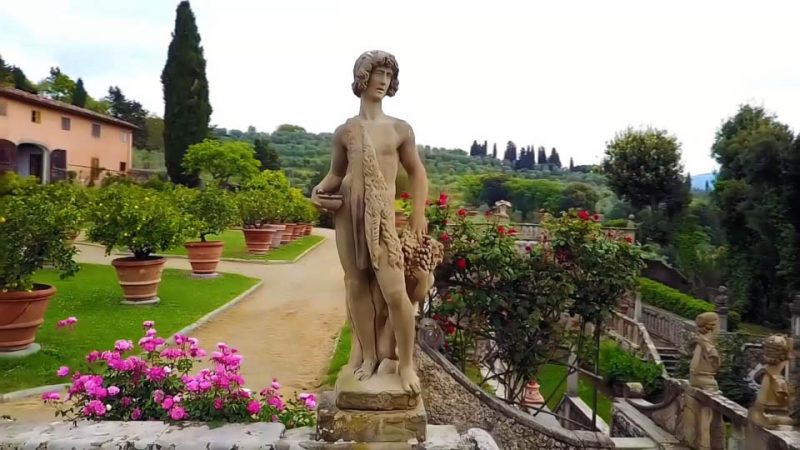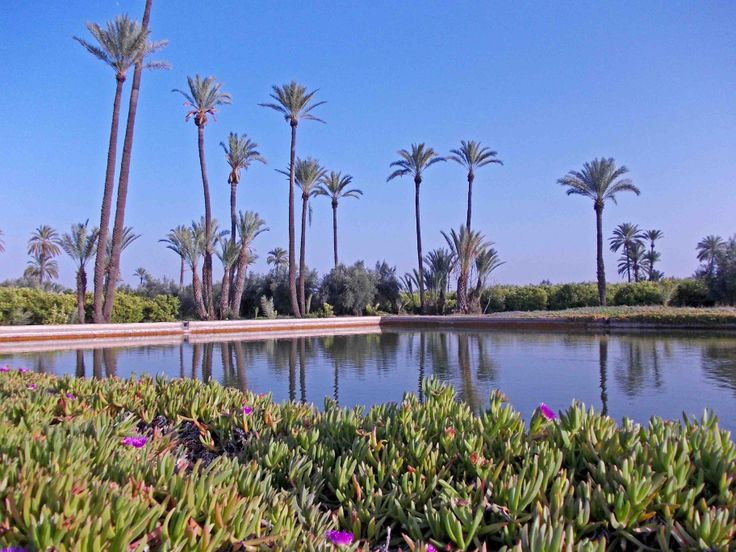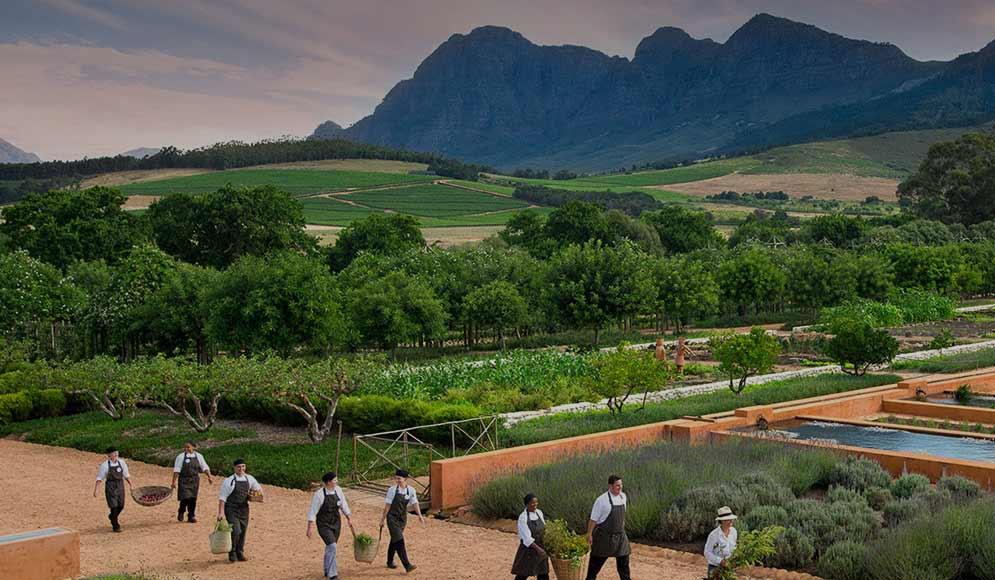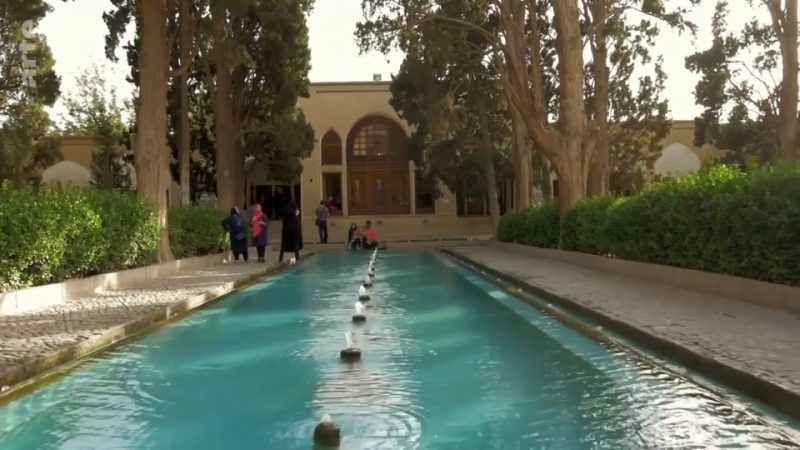Gardens Near and Far episode 18 – MUSKAU: in 1811, Prince Hermann von Pückler, one of the leading 19th century landscape gardeners, decided to dedicate his life to creating the ideal estate, in which he experimented with new forms of landscape.
Although he was very influenced by English gardens, Hermann Von Pückler moved away from them when designing his park, which he included in his treatise on gardens so that everybody could take inspiration from it and copy it. Since the end of World War 2, the estate has been located on the border between Germany and Poland.
Landscape architect Jean-Philippe Teyssier takes us on a discovery of the most beautiful gardens in France and the world. The gardeners, landscapers, horticulturalists, architects, historians and estate managers he meets unveil the art of gardening. They show us how gardens have been designed, planted and maintained over the centuries. The exceptional gardens Jean-Philippe Teyssier visits make up a myriad of passions, journeys, colors and shapes.
Gardens Near and Far episode 18 – MUSKAU
A fortress on the Neisse at Muskau was first mentioned as early as the 13th century under the rule of Margrave Henry III of Meissen. The founder of the adjacent park was Prince Hermann von Pückler-Muskau (1785-1871), the author of the influential Remarks on Landscape Gardening and owner of the state country of Muskau from 1811.
After prolonged studies in England, in 1815 during the time when the northeastern part of Upper Lusatia fell to Prussia, he laid out the Park. As time went by, he established an international school of landscape management in Bad Muskau and outlined the construction of an extensive landscape park which would envelop the town “in a way not done before on such a grand scale”.
The works involved remodelling the Baroque “Old Castle” – actually a former castle gate – and the construction of a Gothic Revival chapel, an English cottage, several bridges, and an orangery designed by Friedrich Ludwig Persius. Pückler reconstructed the medieval fortress as the “New Castle”, the compositional centre of the park, with a network of paths radiating from it and a pleasure ground influenced by the ideas of Humphry Repton, whose son John Adey worked at Muskau from 1822 on.
The extensions went on until 1845, when Pückler because of his enormous debts was constrained to sell the patrimony. The next year it was acquired by Prince Frederick of the Netherlands, who employed Eduard Petzold, Pückler’s disciple and a well-known landscape gardener, to complete his design. Upon his death in 1881, he was succeeded by his daughter Princess Marie, who sold the estates to the Arnim family.




